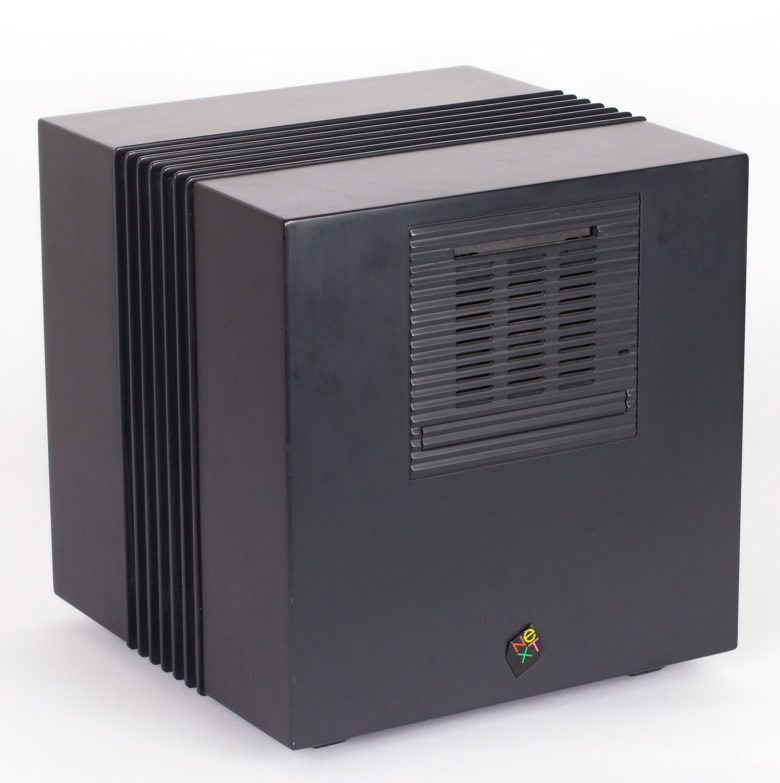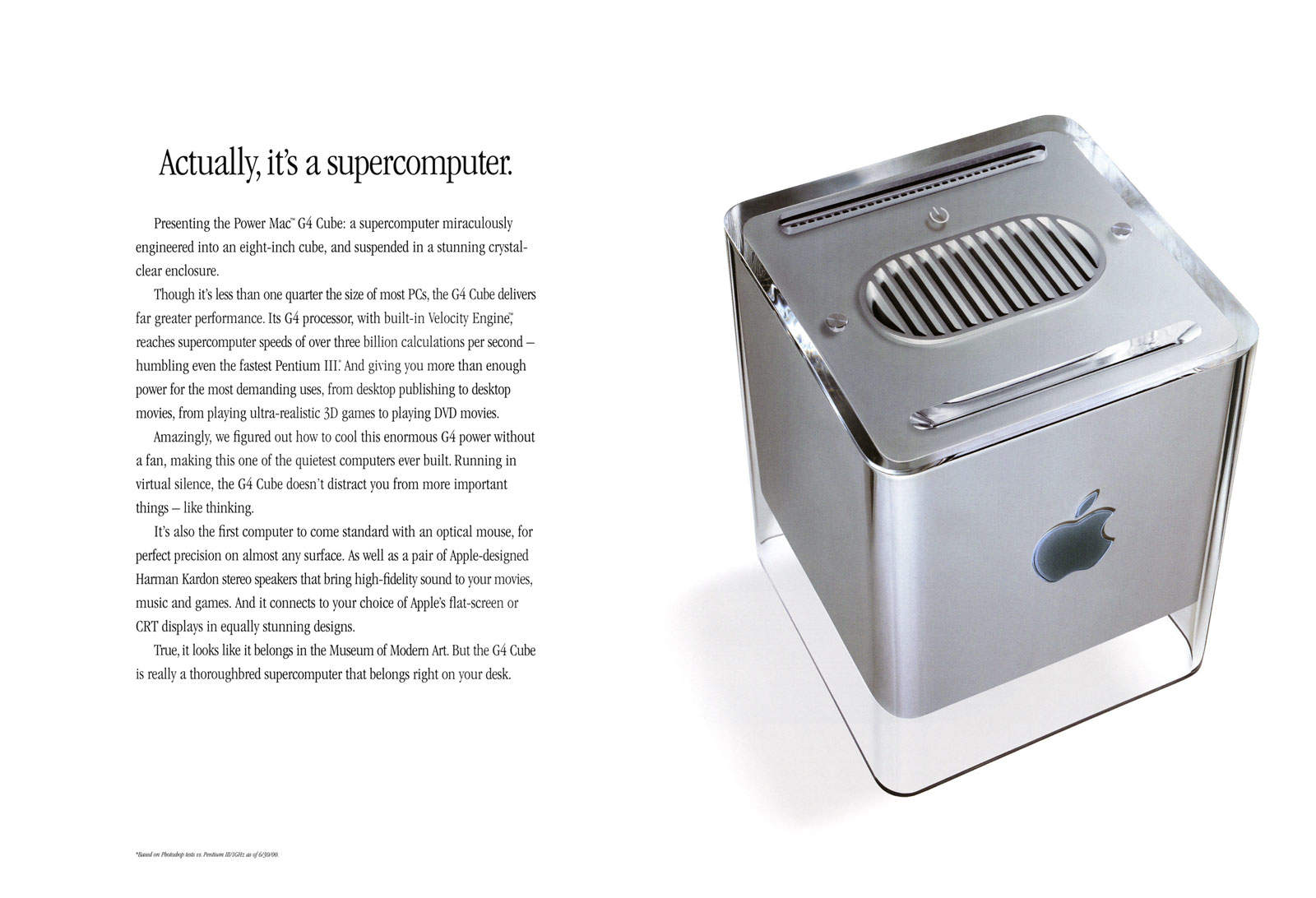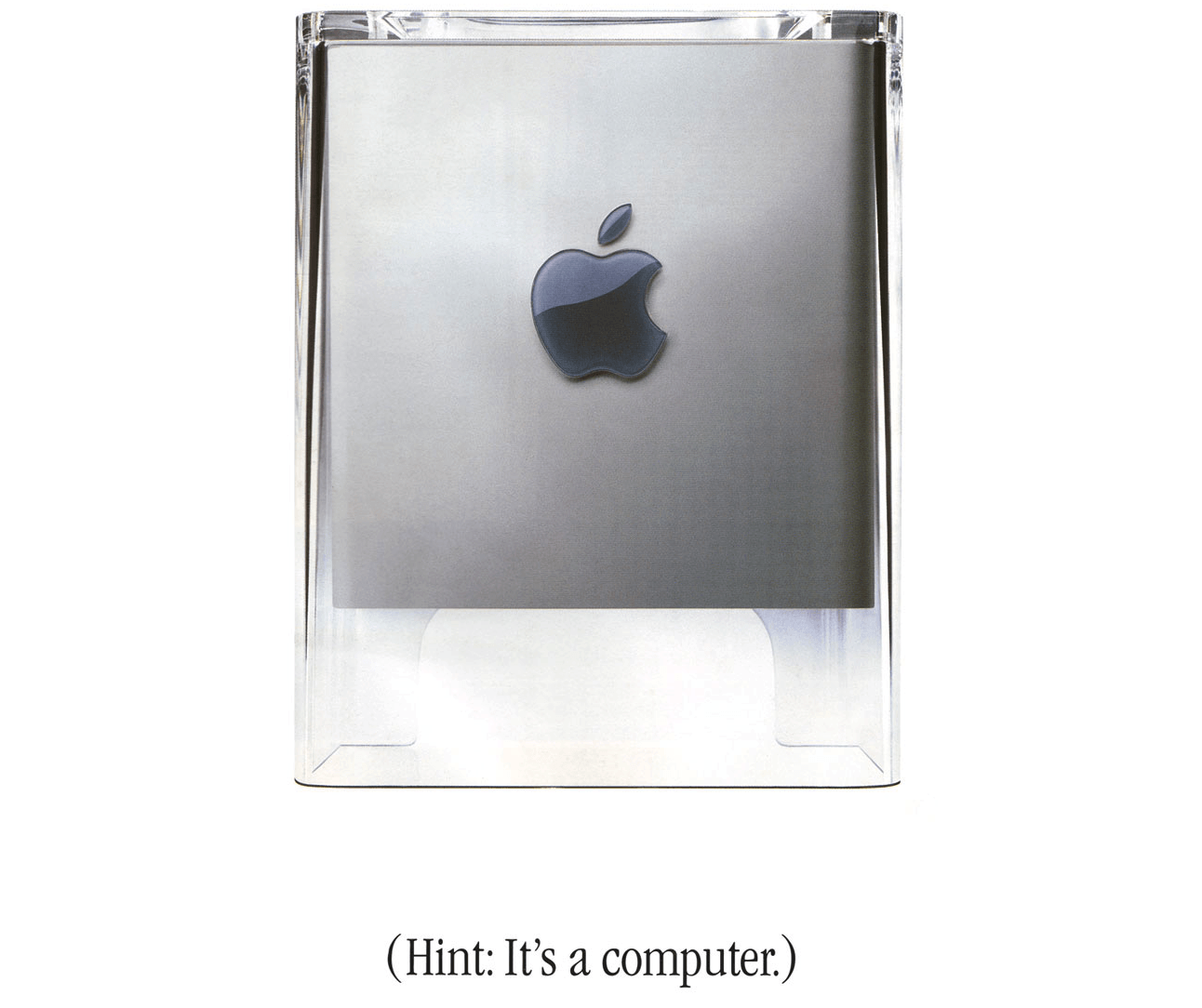 July 3, 2001: Apple suspends production of its Power Mac G4 Cube, one of the most notable busts in Apple history — and the first major flop following Steve Jobs’ glorious return to the company.
July 3, 2001: Apple suspends production of its Power Mac G4 Cube, one of the most notable busts in Apple history — and the first major flop following Steve Jobs’ glorious return to the company.
Although Apple leaves the door open to possibly reintroducing the remarkably clear G4 Cube at a later date, this never happens. The stylish computer is superseded by Apple’s upgrade to G5 processors and then to Intel Core-based Macs.
Power Mac G4 Cube: Great computer, but a bust
The Power Mac G4 Cube represented a change in direction for Apple. Previously, computers like the ultra-colorful iMac G3 and iBook G3 grabbed loads of attention upon Jobs’ return to Cupertino. They instantly accomplished their mission of differentiating Apple’s hardware from the beige boxes that other personal computer companies built at that time.
But chief designer Jony Ive and others were keen to go in a new direction with Apple design. Their new vision birthed the sleek, austere, quasi-industrial aesthetic that Apple continues to explore to this day (although the colorful M1 iMacs released in 2021 seem like something of a throwback to the company’s more playful designs).
A computer shaped like a cube seemed to hold a weird fascination for Jobs, although he never found great commercial success with this type of design. The G4 Cube harked back to the NeXTcube, a computer Jobs created during his wilderness years outside Apple. That machine also achieved only limited success.

Photo: Wikipedia CC
A clear cube built for speed
Nobody denied that the Power Mac G4 Cube looked striking. Rather than a typical tower, it took the form of a 7-inch-by-7-inch cube of clear plastic that looked like it was floating in midair, due to its transparent base.
It also operated in near-total silence because it was cooled by air convection instead of a fan. And it featured a touch-sensitive power button, an early example of the tech Apple would later use for the iPhone.
Something that I very much liked about it was that it continued Apple’s mid-1990s trend toward expandability. Owners could access the Power Mac G4 Cube’s internal components easily through the bottom of the machine. It even sported a pop-up handle to help with this. (By comparison, Apple’s subsequent Macs have been an extreme challenge to open up, let alone expand.)
In terms of both specs and price, the Power Mac G4 Cube packed quite a punch. It started at $1,799 for a basic model with a 450-MHz G4 chip, 64MB of memory and 20GB of storage. A more expensive Apple online store exclusive — retailing at $2,299 — boasted a more powerful processor and extra storage and memory. You had to buy your own monitor, too!
Putting the G4 Cube on ice

Photo: Apple
Despite all this, however, the G4 Cube never appealed to more than a few hardcore Apple fans. Sure, they might have loved it, but the G4 Cube simply didn’t strike a chord with everyday customers.
Although Jobs called it “simply the coolest computer ever,” Apple only sold around 150,000 units total — just a third of what the company had forecast. The computer’s iconic appearance did ensure that it popped up in a few 2000-era Hollywood movies, though.
The breathtaking design suffered its faults, though. Apple sustained a damaging PR blow when some customers reported tiny cracks appearing in the G4 Cube’s clear plastic casing. (If you want to buy a second-hand Power Mac G4 Cube today, you might want to check for this.)
Apple puts the Power Mac G4 on ice
In Apple’s press release on July 3, 2001, it wrote that the G4 Cube was being put “on ice.”
“Cube owners love their Cubes, but most customers decided to buy our powerful Power Mac G4 minitowers instead,” said Apple marketing chief Phil Schiller in a statement. Apple acknowledged that there was a “small chance” an upgraded model would arrive in the future, but admitted, “there are no plans to do so at this time.”
Apple didn’t need to wait too long for its next big hit, however. A couple of months after putting the Power Mac G4 Cube on ice, Apple introduced a little product called the iPod. We think you know the rest!
Do you remember the G4 Cube? Leave your comments and recollections below.


